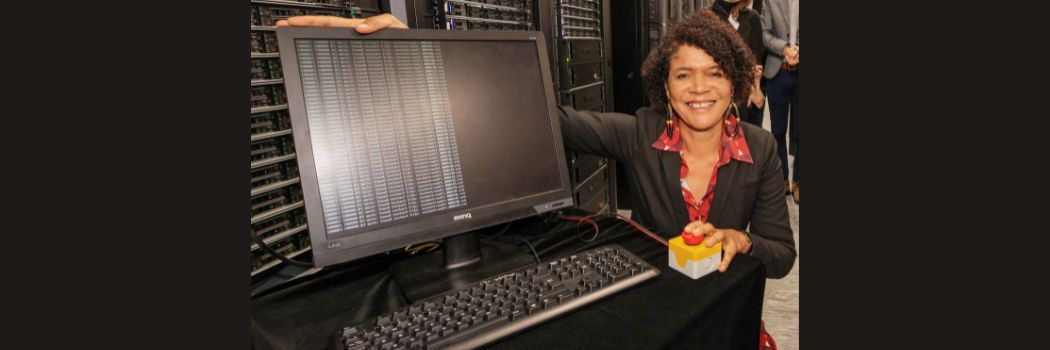
We're home to a new £10m supercomputer that will help scientists around the world investigate the mysteries of the Universe.
The Cosmology Machine 8 (COSMA 8) has the power and memory of 17,000 home personal computers.
Hosted by Durham University on behalf of the UK's DiRAC High-Performance Computing facility, COSMA 8 was officially launched by Chi Onwurah MP, Shadow Minister for Science, Research and Innovation.
Dark matter and dark energy
It will be used by scientists to develop and test theories about the origin of our Universe, dark matter, dark energy, the formation of galaxies, gravitational waves, the evolution of stars and the origin of planets.
COSMA 8 consists of 67,584 individual processors working together to produce high-powered simulations of the Universe.
With half a Petabyte of memory, it is the most powerful supercomputer dedicated to academic research in the UK for calculations requiring exceptionally large memory.
Understanding the Universe in greater detail
Together with our partners around the world, Durham is at the forefront of research into some of the most fascinating and fundamental questions in modern science including the search for the identity of dark matter, the nature of dark energy and the origin of galaxies.
Dark energy is behind the accelerating expansion of the Universe, while dark matter makes up the structural backbone — not visible through telescopes — upon which galaxies eventually form.
As computational power increases, so does our ability to understand in greater and greater detail how the Universe came to be, why it looks as it does today and what its ultimate fate might be.






